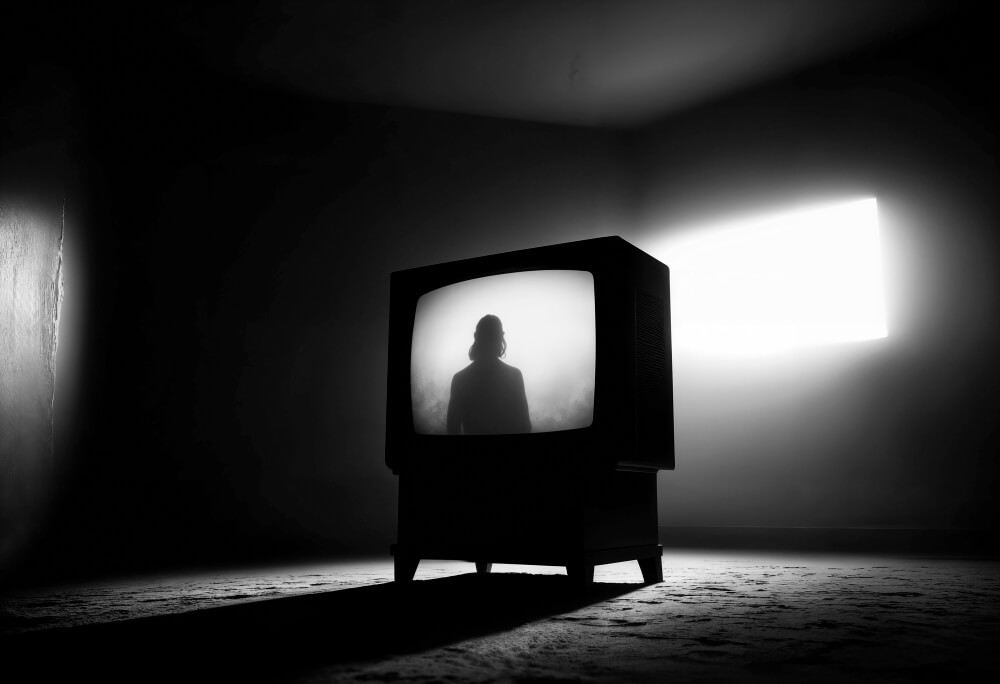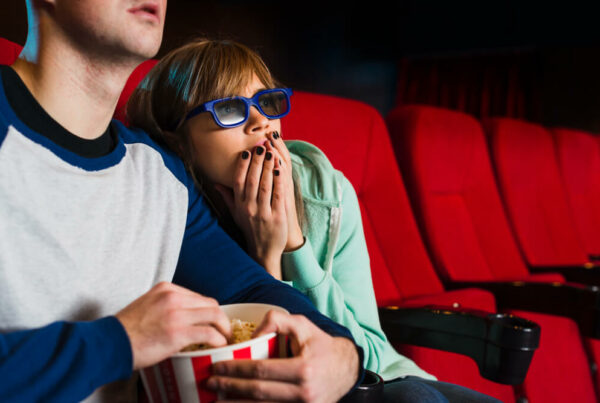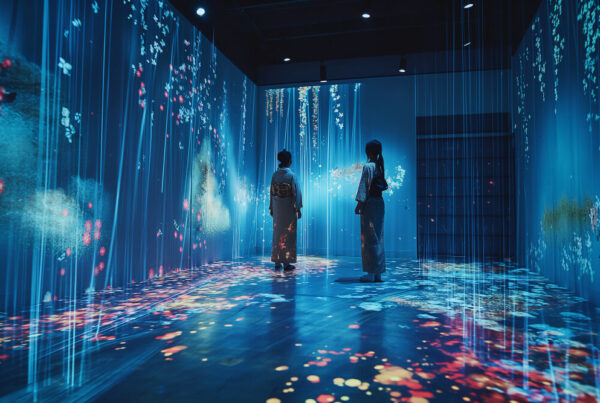Introduction
Horror films have been a prominent genre in cinema since its inception, evolving significantly over the decades to reflect societal fears, technological advancements, and changing cultural norms. From the silent era’s unsettling tales to the jump scares of contemporary blockbusters, horror has continually transformed while retaining its core ability to frighten, unsettle, and provoke thought. This blog will explore the evolution of horror films, highlighting key milestones, influential films, and the societal context that shaped them.
1. The Birth of Horror: Silent Films and Early Innovations
The horror genre began taking shape in the late 19th and early 20th centuries, coinciding with the birth of cinema itself. Early filmmakers experimented with the horror aesthetic, using innovative techniques to evoke fear and tension.
Pioneering Films
- “Le Manoir du Diable” (1896): Often regarded as the first horror film, this short silent film by Georges Méliès introduced supernatural elements, featuring demons and witches in a spooky setting.
- “The Cabinet of Dr. Caligari” (1920): Directed by Robert Wiene, this German Expressionist film is a cornerstone of horror cinema. Its twisted, dreamlike visuals and narrative of madness set the tone for future horror films.
These early films utilized practical effects, set design, and innovative camera techniques to create an unsettling atmosphere, laying the groundwork for the horror genre.
2. The Golden Age of Horror: 1930s to 1950s
The 1930s marked the golden age of horror films, characterized by the emergence of iconic monsters and the establishment of horror as a mainstream genre. This period saw the rise of Universal Pictures and its legendary monsters.
Key Films and Themes
- “Dracula” (1931) and “Frankenstein” (1931): Both directed by Tod Browning and James Whale, respectively, these films introduced iconic characters that have since become staples of horror culture. The themes of isolation, monstrosity, and the consequences of scientific experimentation resonated with audiences.
- “The Invisible Man” (1933): This film showcased the possibilities of special effects and the horror of losing one’s humanity. It also dealt with themes of obsession and the desire for power.
The horror films of this era often reflected societal anxieties, including fears surrounding science, the unknown, and the impact of World War I. These themes continued to evolve throughout the 1940s and 1950s, leading to the rise of B-movies and creature features.
3. The Rise of Psychological Horror: 1960s to 1970s
The 1960s and 1970s marked a shift toward psychological horror, emphasizing character development, emotional depth, and societal issues. Filmmakers began to explore the darker aspects of human nature, creating stories that unsettled audiences on a psychological level.
Influential Films
- “Psycho” (1960): Directed by Alfred Hitchcock, this film revolutionized the horror genre by blending psychological elements with thriller tropes. Its infamous shower scene and the character of Norman Bates became iconic in horror cinema.
- “Night of the Living Dead” (1968): George A. Romero’s groundbreaking film introduced the zombie genre and used horror as a commentary on social issues, including race relations and consumerism. Its portrayal of humanity in crisis resonated deeply with audiences during a time of social upheaval.
- “The Exorcist” (1973): This film brought supernatural horror back into the mainstream, combining religious themes with psychological tension. Its intense portrayal of possession and the battle between good and evil left a lasting impact on the genre.
The psychological horror movement encouraged filmmakers to delve into complex themes, including fear of the unknown, moral dilemmas, and the fragility of the human mind.
4. The Slasher Era: 1980s to Early 1990s
The 1980s heralded the rise of the slasher film, characterized by its formulaic structure of a masked killer stalking a group of teenagers. This era also saw the emergence of iconic franchises that became synonymous with horror.
Key Features of Slasher Films
- Iconic Characters: Characters like Michael Myers (Halloween), Freddy Krueger (A Nightmare on Elm Street), and Jason Voorhees (Friday the 13th) became household names, embodying the archetype of the relentless killer.
- Themes of Morality: Slasher films often featured a moral code, where the protagonists faced dire consequences for their perceived transgressions. This led to a formula of “final girls” who survived by confronting the killer.
- Innovative Techniques: Filmmakers like John Carpenter and Wes Craven utilized suspenseful music, creative camera angles, and practical effects to heighten the terror.
Example in Film
Halloween (1978), directed by John Carpenter, is a quintessential slasher film that introduced the character of Michael Myers and established many tropes still used in the genre today. Its low-budget production and effective use of suspense have made it a classic.
5. Horror’s Revival: 1990s to 2000s
The 1990s brought about a revival of horror films, characterized by a mix of self-awareness and innovative storytelling. Filmmakers began to play with genre conventions, leading to a new wave of horror that appealed to a younger audience.
Key Films and Themes
- “Scream” (1996): Directed by Wes Craven, this meta-horror film revitalized the genre by acknowledging its clichés and tropes. The film’s blend of humor, suspense, and self-referential dialogue resonated with audiences and influenced a new generation of horror filmmakers.
- “The Blair Witch Project” (1999): This film popularized the found-footage style, creating a sense of realism that heightened the horror experience. Its marketing strategy and grassroots approach to storytelling made it a cultural phenomenon.
- “Get Out” (2017): Although released later, Jordan Peele’s film represents the evolution of horror into a genre that tackles social issues head-on. It combines psychological horror with racial commentary, demonstrating how horror can reflect contemporary anxieties.
These films demonstrated that horror could engage with deeper themes, using fear as a tool for commentary on societal issues.
6. The Rise of Horror Streaming: 2010s to Present
The advent of streaming platforms has transformed the landscape of horror filmmaking, allowing for a wider array of stories and voices. Filmmakers can now reach audiences directly, leading to a surge in innovative and diverse horror narratives.
Key Developments
- Diverse Voices: Streaming services have given rise to a new generation of filmmakers, particularly from marginalized backgrounds. Films like The Witch (2015) and Hereditary (2018) showcase unique perspectives and fresh storytelling approaches.
- Anthology Series: The rise of horror anthologies, such as The Haunting of Hill House and Lovecraft Country, has allowed for episodic storytelling that explores different themes and characters, pushing the boundaries of the genre.
- Horror in a Post-Pandemic World: Recent horror films have reflected contemporary anxieties, including the impact of the COVID-19 pandemic on mental health and societal norms. Movies like Host (2020) explore fear in the context of isolation and technology.
Example in Film
The Haunting of Hill House (2018) became a sensation on Netflix, showcasing how horror can blend psychological depth with supernatural elements, resonating with audiences in new and impactful ways.
Conclusion: The Ever-Evolving Landscape of Horror
The evolution of horror films reflects society’s fears, anxieties, and desires throughout the decades. From the silent era to modern streaming platforms, horror has continually adapted, incorporating new technologies and cultural influences while remaining true to its core mission: to evoke fear and provoke thought.
As filmmakers continue to explore new themes and storytelling techniques, the horror genre will undoubtedly keep evolving, remaining a vital part of cinematic culture. With each new generation of filmmakers, horror will push boundaries, tackle relevant issues, and deliver fresh narratives that resonate with audiences. The enduring appeal of horror lies in its ability to reflect the human experience, exploring the darkest corners of our psyche and the world around us.





